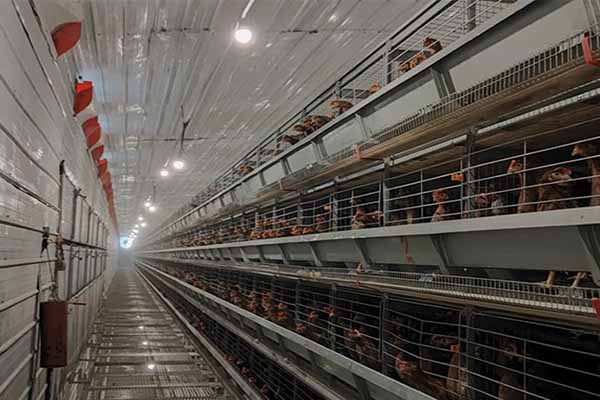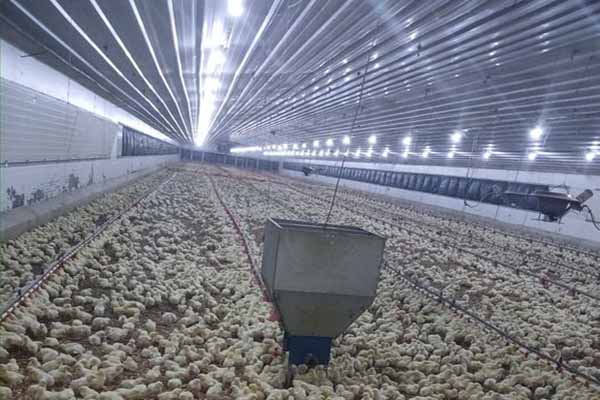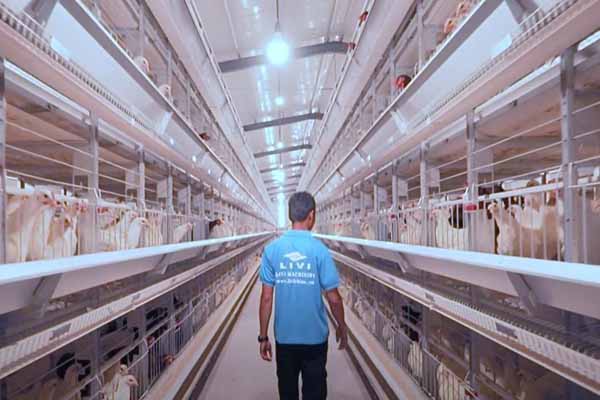Optimizing Chicken Farm Systems for 300,000 Layers in Nigeria
As the poultry industry in Nigeria continues to grow, ensuring efficient and scalable chicken farm systems is crucial for success. This article explores the key aspects of setting up a chicken farm system capable of housing up to 300,000 layers. Let’s delve into the essential components and considerations for such a large-scale operation.
System Design for 300,000 Layers
- Site Selection: A suitable location with access to water, electricity, and good road networks is vital. The farm should be away from residential areas to minimize noise and odor issues.
- Building Design: Constructing a building with adequate ventilation, lighting, and temperature control is essential. A single-story building with a footprint of around 5,000 square meters can accommodate 300,000 layers.
- Feeding System: Implement an automated feeding system to ensure consistent and efficient distribution of feed. A capacity of 10-15 tons per day is recommended for a farm of this size.
- Water Supply: A reliable water supply is crucial. A well or borehole with a capacity of at least 500 liters per minute should be sufficient.
- Manure Management: Efficient manure management is vital to maintain hygiene and prevent disease. A composting system or a bio-gas plant can be installed to convert manure into useful resources.
- Environmental Control: Use automated systems to monitor and control temperature, humidity, and air quality. This will help reduce stress on the birds and improve productivity.
Technological Advancements
Modern technology plays a significant role in optimizing chicken farm systems. Here are some key technological advancements to consider:

- Automated Egg Collection: Using automated egg collection systems can reduce labor costs and improve egg quality.
- Remote Monitoring: Implementing remote monitoring systems allows for real-time tracking of bird health, environmental conditions, and feed consumption.
- Biometric Identification: Using biometric identification systems can help track individual bird performance and manage flock health more effectively.
Cost Analysis
Setting up a chicken farm system for 300,000 layers in Nigeria involves significant investment. Here’s a breakdown of the estimated costs:
| Component | Estimated Cost (USD) |
|---|---|
| Building Construction | $500,000 |
| Feeding System | $100,000 |
| Water Supply | $50,000 |
| Manure Management | $75,000 |
| Environmental Control Systems | $150,000 |
| Technology Integration | $100,000 |
| Total | $1,075,000 |
These costs can vary based on local conditions and the specific requirements of the farm.

Conclusion
Setting up a chicken farm system for 300,000 layers in Nigeria requires careful planning and investment. By considering the system design, technological advancements, and cost analysis, you can create a successful and sustainable operation. For more information and a free chicken farm design and equipment quote, please leave a comment below or contact us directly.





